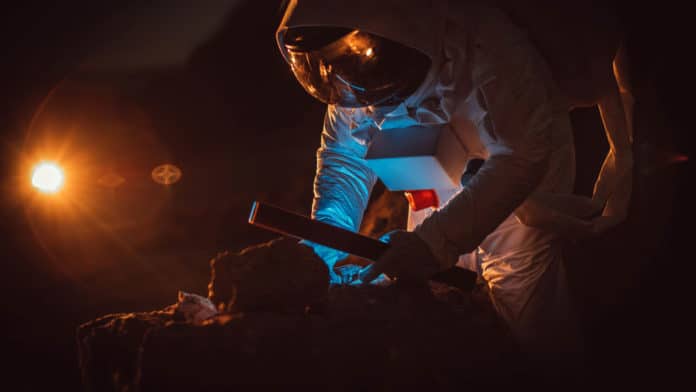The skeletal muscles are a vital part of your musculoskeletal system. They serve a variety of functions. Among the many functions performed by skeletal muscles, an important one is maintaining our posture.
On Earth, the musculoskeletal system has to support the body’s weight, and the postural bones and muscles are permanently loaded by gravity. But what happens to these muscles when they have no gravity to work against?
This question is a subject of interest to many scientists. Recently, a team of scientists from Japan set out to seek the answer. They studied the responses of neuromuscular properties to gravitational unloading and shared research-based insights into how astronauts can avoid neuromuscular problems during extended spaceflight.
The group explored how the neuromuscular system’s morphological, functional, and metabolic properties adapt to reduced anti-gravitational activities. Using simulation models of humans and rodents, they first investigated how afferent and efferent motoneuron activity controlled neuromuscular properties. According to their review, afferent neural activity (which includes signals sent from skeletal muscle to the central nervous system during muscular activity) is crucial for controlling both brain activity and muscle properties.
Muscular atrophy eventually arises from inhibiting anti-gravitational muscle activity because it causes remodeling of the sarcomeres, the structural unit of muscles, which reduces their number. Additionally, the soleus and adductor longus electromyograms’ amplitudes are reduced, which is a sign of anti-gravitational muscle activity. This suggests that nerves, as well as muscles, are affected by low-gravity environments.
Gravitational unloading results in decreased motor control, altered mechanics, and impaired coordination of the antagonist’s muscles. Even though they constantly exercised aboard the ISS, crew members who had been in space reported having trouble walking.
To combat the effects of the lower gravity on the neuromuscular system and protect their physical health, astronauts on the International Space Station must use treadmills, bicycle ergometers, and resistance training equipment. These exercise-based preventative approaches don’t always work to stop specific undesirable neuromuscular changes.
Additional challenges may arise when astronauts are exposed to a microgravity environment for six months or more. This review, hence, could have significant implications in space research, with special emphasis on astronaut wellness.
Scientists noted, “Changes in muscular properties due to gravitational unloading may be related to a decrease in neural activity and contraction- and/or stretch-dependent mechanical stress. Stimulating the soleus muscle adequately seems to reduce the chances of its atrophy. So, astronauts should walk or slowly run while exercising with rear foot-strike landing.”
“Periodic passive stretching of the soleus also seems to be effective. So, information from a unique perspective, as discussed in this review, may play an important role in developing appropriate countermeasures against neuromuscular problems for future long-duration human space exploration missions. ISS astronauts will thank the research team for sharing these meaningful insights. Meanwhile, let’s wish the researchers good luck for their next mission!”
Journal Reference:
- Takashi Ohira, Fuminori Kawano, et al. Responses of neuromuscular properties to unloading and potential countermeasures during space exploration missions. Neuroscience & Biobehavioral Reviews. DOI: 10.1016/j.neubiorev.2022.104617
